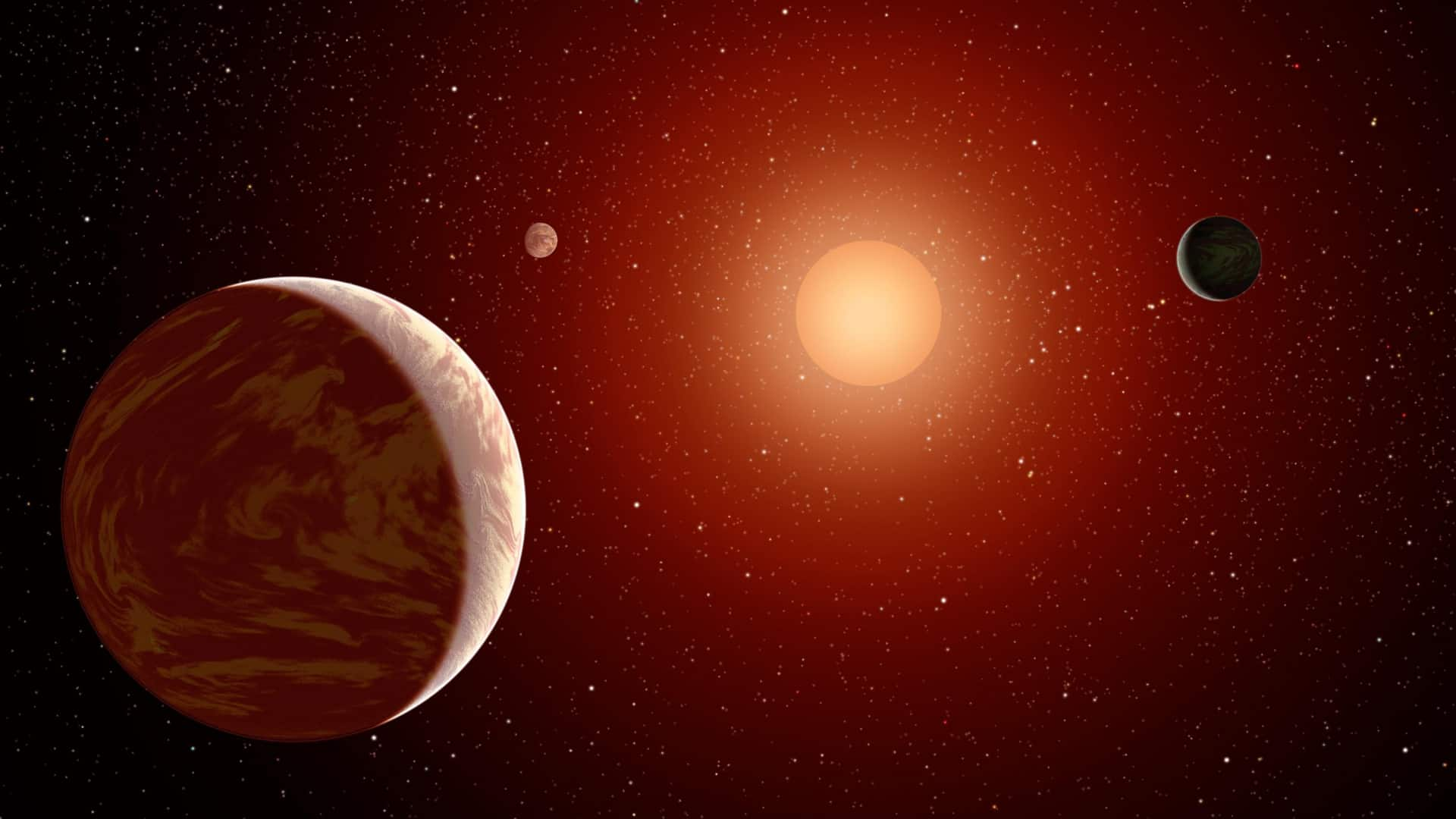
Red dwarf flares could be dangerous to potential extraterrestrial life
What's the story
Red dwarf stars, or M-class stars, are smaller and cooler than our Sun. They account for roughly 70% of the Milky Way's stellar population. However, despite their long lifespans and slow fuel consumption, new research indicates that these stars could be a major threat to potential extraterrestrial life due to their frequent and intense stellar flares.
Flare impact
Stellar flares' UV radiation could impact habitability
Published in the Monthly Notices of the Royal Astronomical Society, the study analyzed data from 182 flares emitted by M-class systems. The research focused on the ultraviolet (UV) radiation produced during these events. It found that while small doses of UV radiation can contribute to the formation of complex life-essential molecules, excessive exposure could potentially erode planetary atmospheres and protective ozone layers.
Model limitations
Traditional models underestimate UV radiation from flares
The study also found that traditional models may have underestimated the UV radiation generated by stellar flares. These models generally assumed a blackbody distribution at approximately 8,727 degrees Celsius. However, the new research found that 98% of the events analyzed had a UV output above levels predicted by these conventional models.
Life implications
High UV radiation could make planets less hospitable
The researchers concluded that if red dwarf stellar flares emit disproportionately high amounts of UV radiation, planets orbiting these stars could be less hospitable to life than previously believed. This finding challenges the long-held assumption about the potential for life on planets within the habitable zones of red dwarfs. The study underscores the need for more accurate models to predict UV radiation levels from stellar flares, and their impact on planetary habitability.